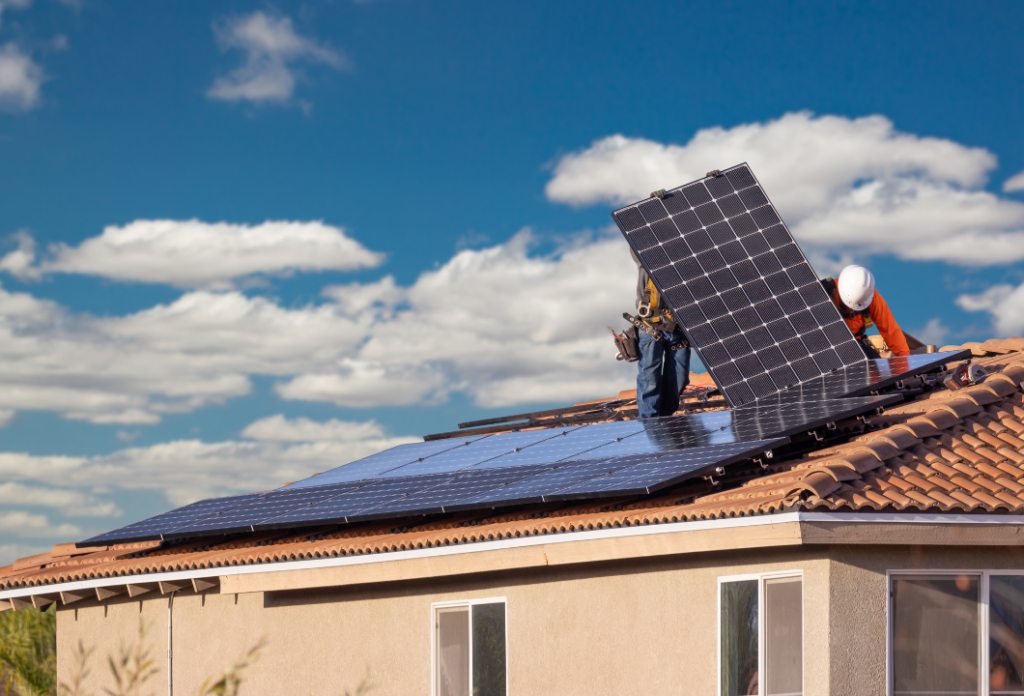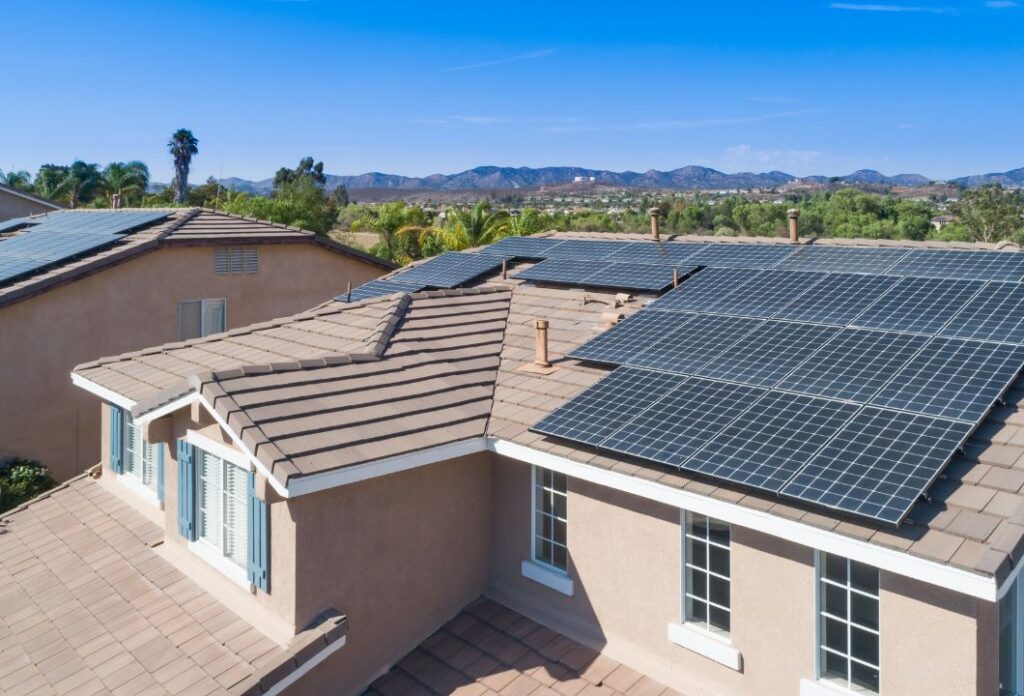
Have you ever wondered how the positioning of solar panels affects their efficiency? We’ll shed light on this important aspect of solar energy and discuss why it is crucial to consider the optimal orientation and tilt angle for solar panels.
Solar panels generate electricity by harnessing sunlight. The position of the sun changes throughout the day and across seasons, making it essential to optimize the orientation of solar panels to maximize energy production. The primary consideration for orientation is the direction the solar panels face.
South-facing: In the Northern Hemisphere, solar panels are most effective when they face true south. This positioning ensures the panels receive maximum sunlight throughout the day. In the Southern Hemisphere, the panels should face true north.
East or west-facing: Sometimes, due to architectural constraints or specific energy needs, solar panels may be oriented towards the east or west. While this may result in a slight decrease in total energy production, it can help distribute energy generation more evenly throughout the day, which may align better with energy demand patterns.
Finding the Optimal Tilt Angle: Apart from orientation, the tilt angle of solar panels also plays a crucial role in maximizing their efficiency. The optimal tilt angle depends on your location’s latitude and the seasonal variation in the sun’s height in the sky.
Latitude-based tilt
To capture the maximum sunlight over the year, solar panels are often installed at a tilt angle equal to the latitude of the location. However, this is a general rule of thumb and not necessarily the most efficient tilt angle in all situations.
Seasonal adjustment
To further optimize energy production, some solar installations incorporate adjustable tilt angles. This allows the panels to be tilted more vertically during winter months and more horizontally during summer months, accounting for the sun’s changing position in the sky.
Why It Matters

The optimal orientation and tilt angle significantly impact the overall efficiency and energy production of solar panels. By aligning panels correctly, you can maximize energy output, reduce reliance on grid power, and enhance the return on investment for your solar installation.
- Energy production: Solar panels that are correctly oriented and tilted can capture more sunlight, converting it into usable electricity. This ensures higher energy production throughout the day and across seasons.
- Return on investment: Maximizing energy production translates into increased cost savings on electricity bills. By investing in the optimal orientation and tilt angle, you can enhance the financial benefits of your solar energy system.
- Environmental impact: Solar energy is a clean, renewable resource. By optimizing the orientation and tilt angle of solar panels, we can generate more electricity from the sun, reducing our reliance on fossil fuels and mitigating climate change.
The optimal orientation and tilt angle for solar panels are critical factors that determine their efficiency and energy production. By aligning the panels correctly, we can maximize the amount of sunlight captured, leading to higher energy output, cost savings, and a reduced environmental impact. As we embrace sustainable energy solutions, let’s remember the importance of positioning solar panels for a brighter, greener future.
Stay tuned for more insightful articles from One Earth Connect as we continue to explore innovative ideas and technologies that promote environmental sustainability. Together, we can make a difference for our planet!

